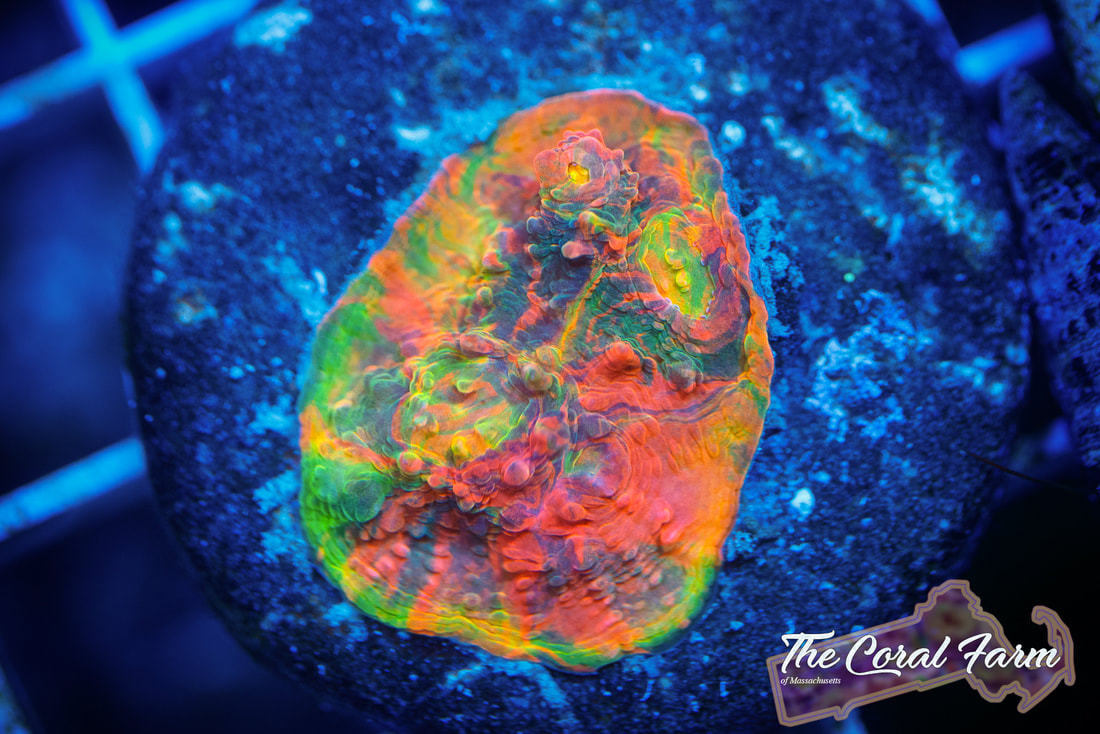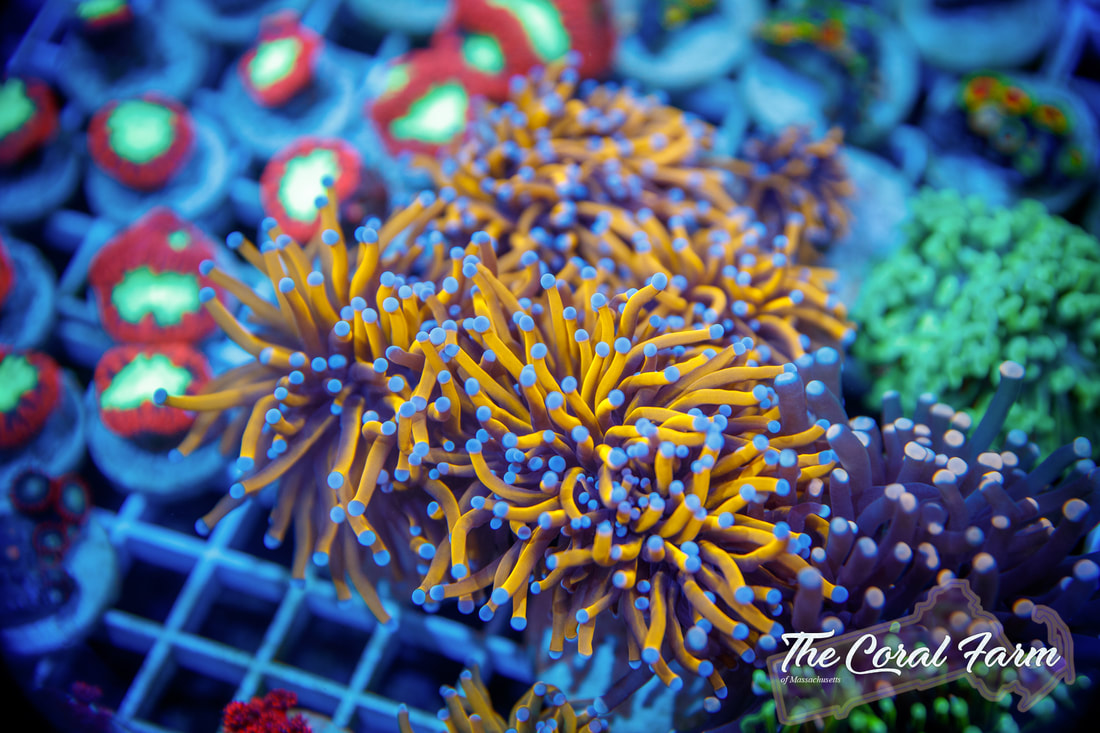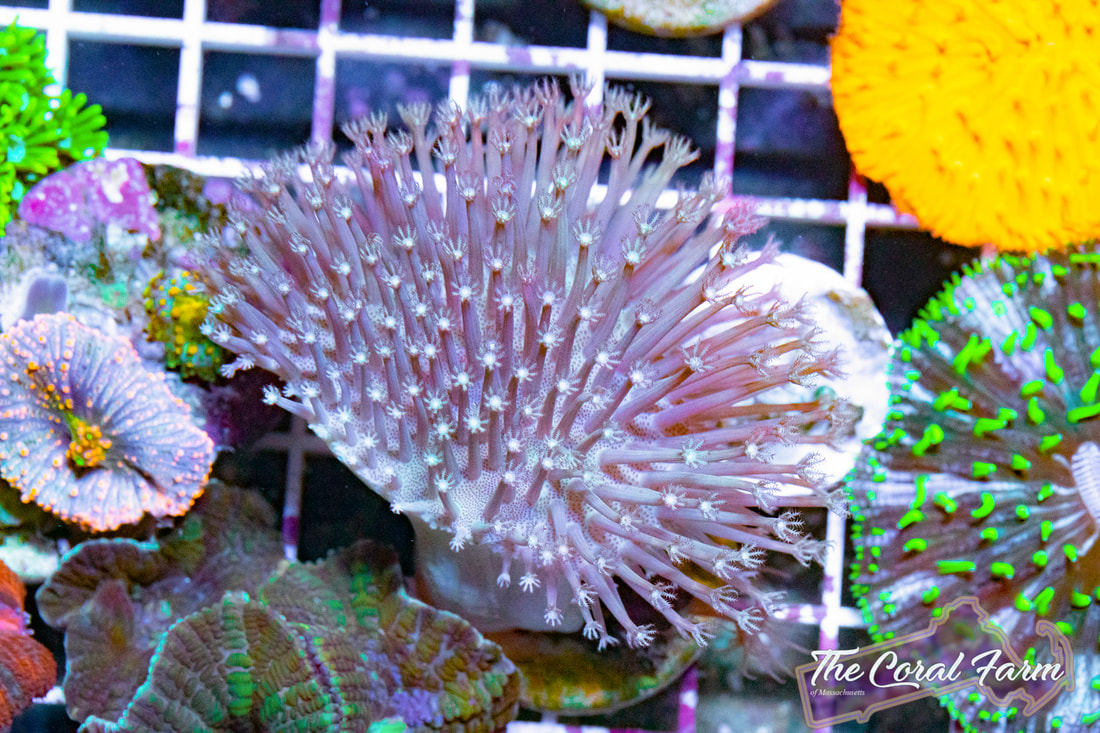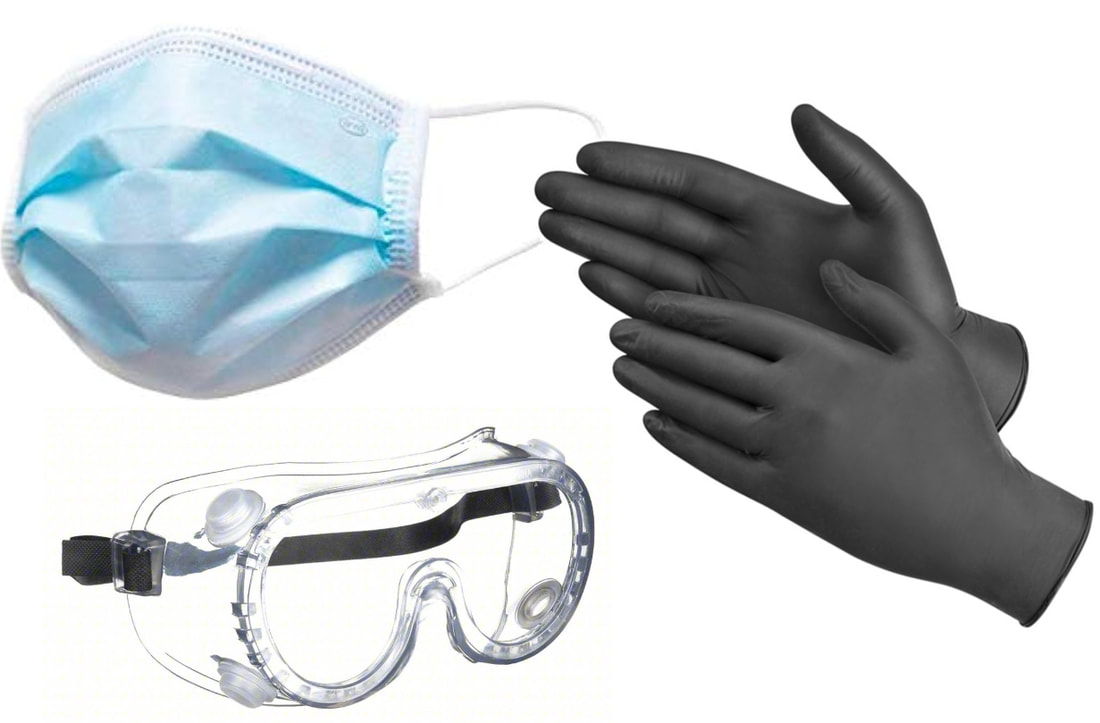|
Coral propagation is not only an exciting aspect of reefkeeping but also a vital practice for conserving coral populations and supporting the health of marine ecosystems. In this comprehensive guide, we'll explore various coral propagation methods, including fragging, budding, and tissue culture. We'll provide step-by-step instructions along with essential safety precautions to ensure successful propagation while safeguarding the well-being of your corals.
Fragging: Propagating Coral Fragments
Method Overview: Fragging involves carefully breaking off a portion of a healthy coral colony to cultivate a new one.
Step-by-Step Fragging Process:
Budding: Encouraging Coral Growth from Existing Polyps
Method Overview: Budding involves allowing natural coral polyp division to create new colonies.
Step-by-Step Budding Process:
Tissue Culture: Growing Corals in Controlled Environments
Method Overview: Tissue culture involves cultivating coral fragments in a controlled environment outside of the main tank.
Step-by-Step Tissue Culture Process:
Safety Precautions:
0 Comments
|
Categories
All
AuthorBrian Hale has enjoyed 25+ years of dedicated involvement in the reefing community. His commitment to research and extensive hands-on experience makes him an invaluable source of expertise within the reefing hobby. |
Buy Corals Online: TheCoralFarm.com
Aquacultured Corals - Fast Nationwide Shipping USA
1-800-254-4253
Aquacultured Corals - Fast Nationwide Shipping USA
1-800-254-4253






 RSS Feed
RSS Feed
